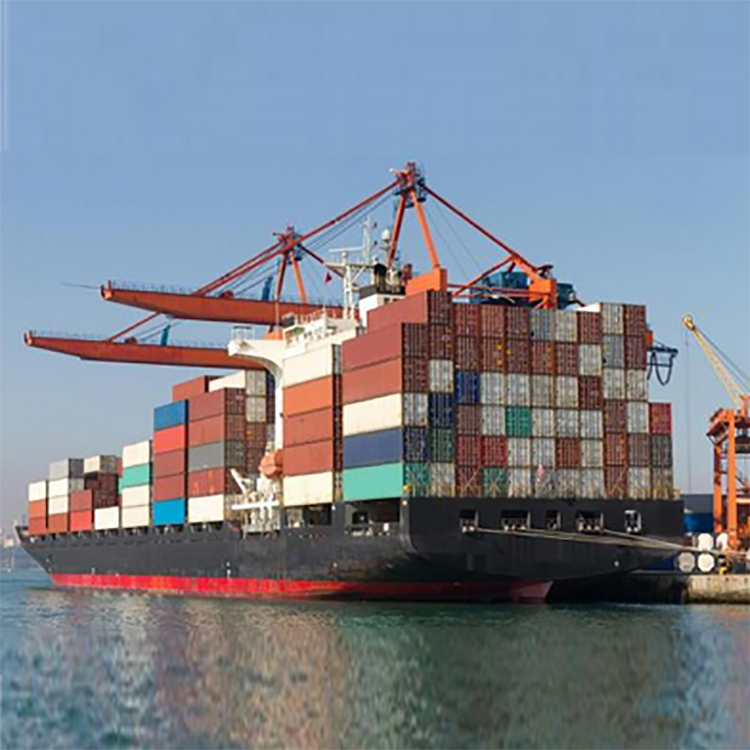Container shipping’s global schedule reliability has plummeted in the third quarter as a result of the carriers ramping up capacity, according to analyst Sea-Intelligence.
Alan Murphy, ceo of Sea-Intelligence, observed that as capacity in Q3 was over and beyond what should be “reasonably expected” and how it was in “complete dissonance with the global macroeconomic indicators”, global schedule reliability plunged in Q3 to 65%, down by minus 14.6 percentage points year-on-year.
“Coronavirus and the resulting pandemic was at its peak in the 2020-Q2, and schedule reliability was not negatively impacted. At that time, we gave one possible explanation that carriers were finding it easier to manage the schedule integrity of a fewer number of vessels per service string, and that if this is indeed the case, schedule reliability will drop once carriers start ramping up capacity,” Murphy explained.
Sea-Intelligence noted that Germany’s Hamburg Sud has proved to be the most reliable carrier, recording 76.5% schedule reliability in Q3, while Singapore’s Pacific International Lines (PIL) was the only carrier to see under 50% at 49%.
Alan Murphy, ceo of Sea-Intelligence, observed that as capacity in Q3 was over and beyond what should be “reasonably expected” and how it was in “complete dissonance with the global macroeconomic indicators”, global schedule reliability plunged in Q3 to 65%, down by minus 14.6 percentage points year-on-year.
“Coronavirus and the resulting pandemic was at its peak in the 2020-Q2, and schedule reliability was not negatively impacted. At that time, we gave one possible explanation that carriers were finding it easier to manage the schedule integrity of a fewer number of vessels per service string, and that if this is indeed the case, schedule reliability will drop once carriers start ramping up capacity,” Murphy explained.
Sea-Intelligence noted that Germany’s Hamburg Sud has proved to be the most reliable carrier, recording 76.5% schedule reliability in Q3, while Singapore’s Pacific International Lines (PIL) was the only carrier to see under 50% at 49%.
All top 15 carriers recorded a year-on-year decline in Q3 schedule reliability with all of them recording a double-digit drop. Hamburg Sud recorded the smallest decline of minus 12.4 percentage points while Wan Hai Lines recorded the largest decline of 33.3 percentage points.
At present during the fourth quarter, capacity is forecast to remain high especially on the transpacific route as the market is experiencing pent-up demand encouraging carriers to not only reinstate blanked sailings but also to deploy extra loaders.
